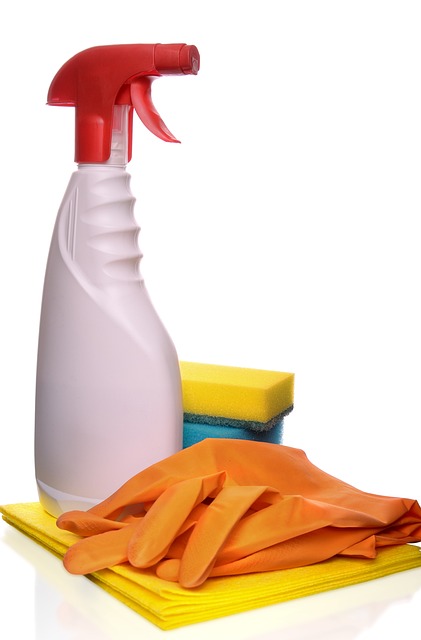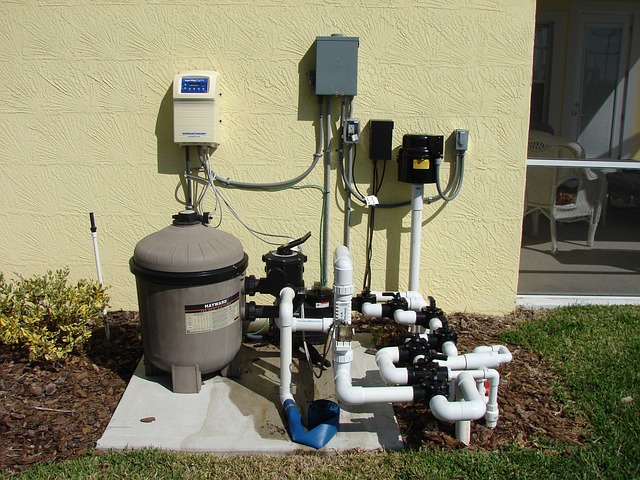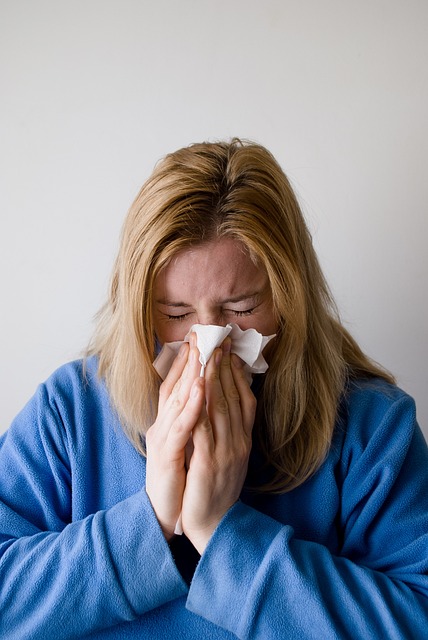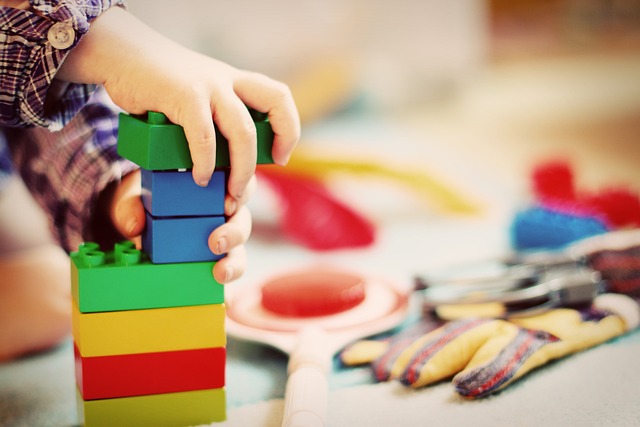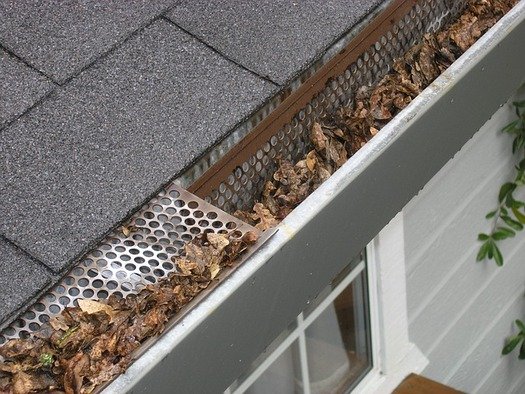Cleaning our homes is a ritual we all engage in, a pursuit of a pristine haven where freshness meets hygiene. Yet, in the quest for spotless surfaces and sweet scents, do we truly know what lurks in the bottles and sprays we employ? In this comprehensive journey, we embark on the exploration of a realm often overlooked—the intricate world of cleaning product ingredients.
As we lift the veil on the labels of common household cleaners, we’ll decipher the language of ingredients. From surfactants that form the backbone of cleaning solutions to fragrances that linger in the air, each element plays a crucial role in the efficacy and safety of the product. Together, we’ll navigate the world of bleaching agents, solvents, pH adjusters, and more, gaining a deeper understanding of what goes into those seemingly innocuous bottles.
We will not only explore the purpose each ingredient serves but also the potential impact on your health and the environment. Armed with this knowledge, you’ll be better equipped to choose products that align with your values and contribute to a cleaner, safer living space.
The Important Ingredients You Need to Know
Understanding the ingredients in your cleaning products is more than just a curiosity—it’s a crucial step towards creating a safe and healthy living environment. Many conventional cleaners contain chemicals that can impact your health and the environment. Let’s break down the common ingredients and shed light on what goes into those bottles.
1. Surfactants: The Cleaning Heroes
Surfactants are the backbone of most cleaning products. They’re the reason your dish soap creates bubbles and your floor cleaner lifts dirt. These compounds help water mix with oil and grease, making it easier to wash them away. Look for terms like “sodium lauryl sulfate” or “alkylbenzene sulfonate” on labels.
2. Fragrances: The Sweet (or Not-So-Sweet) Scents
That fresh scent after cleaning isn’t always as innocent as it seems. “Fragrance” on an ingredient list can be a blanket term hiding numerous chemicals, some of which may be irritating or harmful. Consider opting for fragrance-free products or those scented with essential oils for a safer olfactory experience.
3. Bleaching Agents: Brightening Your Whites
Bleaching agents, like chlorine bleach, are powerful disinfectants, but they come with their own set of risks. These can release fumes that irritate the eyes and respiratory system. Use bleach cautiously and consider alternative cleaners with hydrogen peroxide for a gentler approach.
4. Solvents: Breaking Down the Grime
Solvents are the heavy lifters in your cleaning arsenal. They dissolve tough stains and grease. However, some solvents, like glycol ethers, can contribute to indoor air pollution. Choose products with less harmful solvents, or better yet, make your own using vinegar and baking soda.
5. pH Adjusters: Balancing Act
The pH level determines whether a substance is acidic, neutral, or alkaline. Cleaning products often contain pH adjusters to find the right balance for effective cleaning. However, extremes on either end can be harsh on surfaces and skin. Understanding pH can help you choose products suitable for different surfaces.
6. Antimicrobial Agents: Germ Busters
In the era of hygiene consciousness, antimicrobial agents have become common. Ingredients like triclosan have been linked to environmental and health concerns. Opt for products with safer alternatives like tea tree oil or consider whether the antimicrobial properties are necessary for your cleaning needs.
7. Preservatives: Extending Shelf Life
To prevent bacteria and mold growth, cleaning products often contain preservatives. Some, like parabens, have raised health concerns. Choosing products with natural preservatives or those labeled “paraben-free” can be a safer bet.
8. Emulsifiers: Keeping it Together
Emulsifiers help mix oil and water, ensuring the stability of the cleaning solution. While generally safe, some may cause skin irritation. Understanding these ingredients can guide you in choosing products suitable for your skin sensitivity.
9. Colorants: A Splash of Personality
Brightly colored cleaning products may catch your eye, but the dyes used can have potential health implications. Consider whether the color is essential for the product’s effectiveness, and opt for color-free alternatives when possible.
How to Make Informed Choices
- Armed with knowledge about cleaning product ingredients, you’re better equipped to make choices that align with your health and environmental values. Consider the following tips:
- Read Labels: Take a moment to read and understand the ingredient list. Look for transparency from manufacturers.
- Go Natural: Explore DIY cleaning solutions using ingredients like vinegar, baking soda, and essential oils. These can be just as effective without the chemical concerns.
- Opt for Safer Brands: Many companies now prioritize transparency and eco-friendly practices. Choose brands committed to safer formulations.
- Consider Alternatives: Sometimes, a simple solution like hot water and elbow grease can be as effective as chemical cleaners.
Conclusion: A Clean Slate
Armed with the insights gained from understanding these ingredients, you now hold the power to make conscious decisions. Whether it’s opting for natural alternatives, choosing products from transparent and eco-conscious brands, or embracing DIY solutions, you can embark on a journey to detoxify your cleaning routine.
In the grand tapestry of a clean home, let each swipe of the cloth and mist of the spray be a conscious step toward a healthier living space. With every cleaning session, you become not just a caretaker of your home but a steward of the environment. The ingredients may be complex, but your choices can be simple—choose wisely, clean consciously, and welcome a new era of enlightened cleaning. Here’s to a home that not only sparkles but also breathes with the freshness of informed choices.





